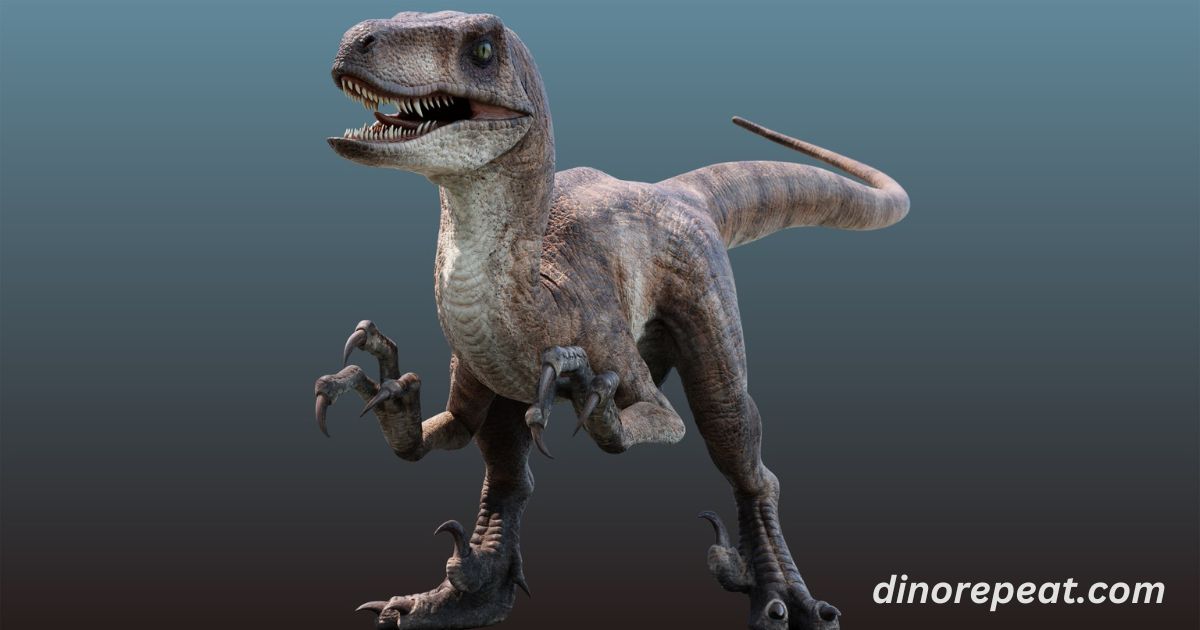Velociraptor Foot: A Marvel of Evolutionary Design

The velociraptor, a name synonymous with swift predators and cinematic fame, is one of the most iconic dinosaurs of the Mesozoic Era. Known for its agility and intelligence, one of its most defining features is its foot.
A closer look at the velociraptor’s foot reveals a finely tuned evolutionary adaptation that made this creature a formidable predator.
This article delves into the anatomy, functionality, and significance of the velociraptor foot, offering a comprehensive exploration of its role in the dinosaur’s predatory prowess.
Anatomy of the Velociraptor Foot
Velociraptors, belonging to the dromaeosaurid family, had a highly specialized foot structure. Each foot was composed of three functional digits (II, III, and IV) with a vestigial first digit (I) and a non-weight-bearing fifth digit (V). However, it was the second digit that truly distinguished the velociraptor from other theropods.
Key Features of the Velociraptor Foot
- Retractable Claw on the Second Digit
The second digit housed a sickle-shaped claw, approximately 6.5 cm (2.5 inches) long in adult specimens. Unlike the claws on the other digits, this claw could be retracted and was held off the ground while walking, preventing it from dulling. - Functional Adaptations
- Digit II: The enlarged claw served as a weapon, capable of inflicting deep wounds or piercing the hide of prey.
- Digits III and IV: These digits bore the weight of the animal, facilitating balance and movement.
- Digit I: Although small and not functional for locomotion, it is a vestige of evolutionary changes.
- Digit V: Reduced to a minor bone fragment, it played no significant role.
- Toe Pads and Tendons
The underside of the velociraptor’s toes was likely cushioned with thick pads for traction. Robust tendons controlled the movement of the claw, enabling precise and powerful strikes.
Functionality: Predator’s Toolkit
The velociraptor’s foot was more than a mere tool for locomotion—it was a weapon and an asset in its hunting strategy.
Hunting Mechanisms
- Slashing and Stabbing
The sickle claw on the second digit was used in hunting and combat. Velociraptors likely leaped onto prey, using their powerful legs to drive the claw into vulnerable areas such as the neck or abdomen. - Climbing Ability
Evidence suggests that velociraptors might have used their claws to climb or hold onto struggling prey. This theory aligns with their depiction of agile and versatile hunters. - Locomotion
The structure of the foot contributed to the velociraptor’s speed and agility. Long, slender legs allowed for rapid pursuit, while the clawed digits provided stability on uneven terrain.
Evolutionary Significance
The specialized foot structure of the velociraptor showcases evolutionary ingenuity. This design likely evolved to fulfill dual purposes: efficient hunting and survival in diverse environments.
The retractable claw, in particular, highlights the predator-prey arms race of the Late Cretaceous period, where dinosaurs developed unique adaptations to outcompete rivals and subdue prey.
Fossil Evidence and Modern Comparisons
Fossilized remains of velociraptor feet, such as those discovered in Mongolia’s Djadokhta Formation, have provided invaluable insights.
These fossils reveal the detailed anatomy and biomechanics of the foot, solidifying our understanding of its function.
Modern birds, descendants of theropods like the velociraptor, offer a glimpse into the evolutionary legacy of this feature.
Raptors such as hawks and eagles share a similar curved claw structure, which they use for gripping and killing prey, underscoring the continuity of evolutionary adaptations.
Conclusion
The velociraptor foot, with its lethal retractable claw and functional elegance, represents one of nature’s most remarkable evolutionary achievements.
It exemplifies the balance between form and function, showcasing how small anatomical adaptations can lead to profound survival advantages.
By studying the velociraptor’s foot, we gain not only a deeper appreciation for this ancient predator but also valuable insights into the evolutionary forces that continue to shape life on Earth.
In the velociraptor’s foot lies a story of evolution, survival, and the intricate beauty of nature’s design. For more Velociraptor information check the dinorepeat.